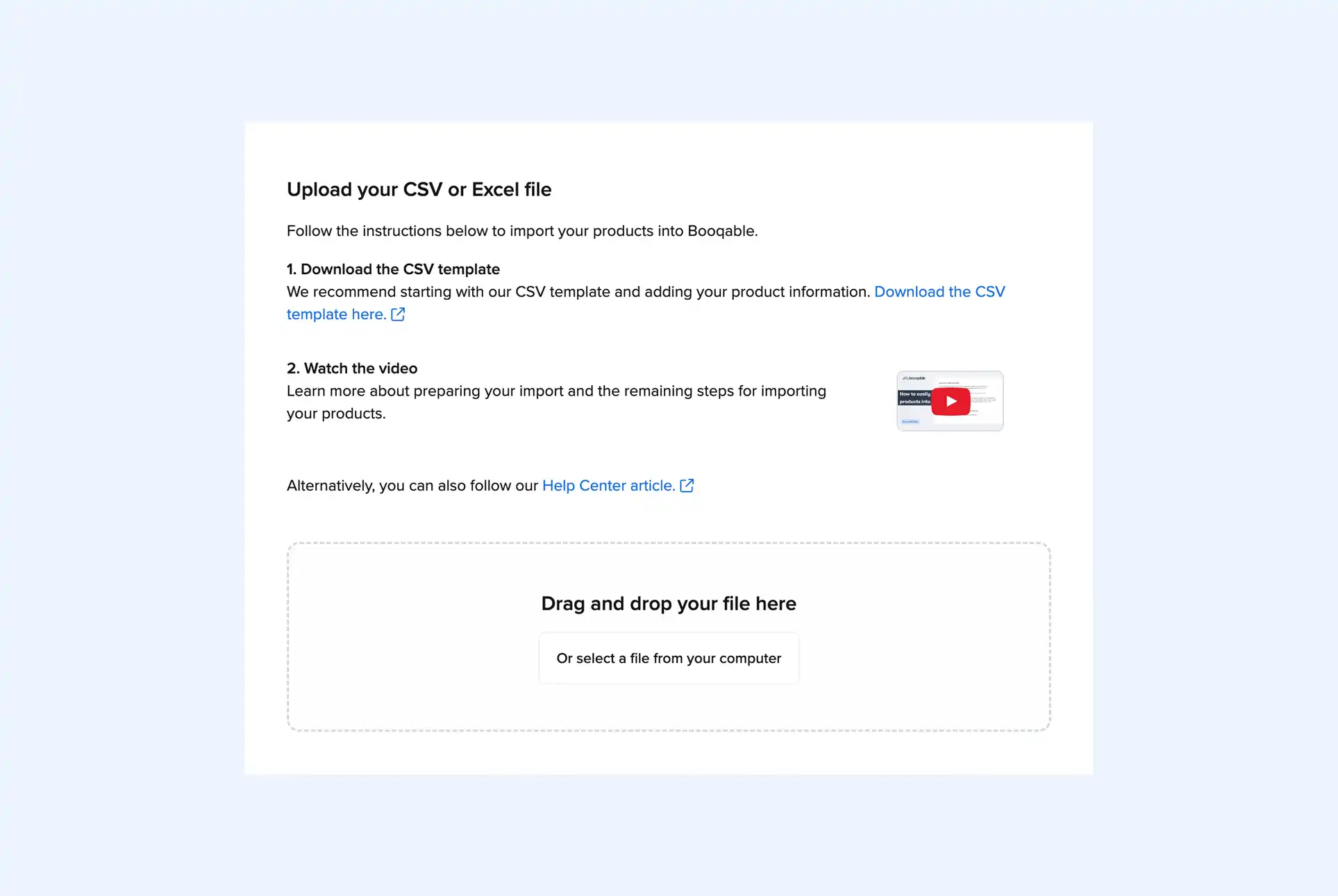Imagine this: Your rental business has relied on the same outdated software for years, leading to inefficiencies, frustrations, and missed opportunities. You’ve finally decided to invest in a new, state-of-the-art rental management software solution, but the implementation process seems daunting. Data migration nightmares, employee training, and unexpected costs are potential roadblocks that could keep you up at night.
However, a smooth software implementation is crucial for maximizing the benefits of your new rental management system. With proper planning and execution, you can streamline operations, improve customer service, and gain valuable insights into your business. The key is to anticipate and overcome common challenges proactively. By addressing these hurdles head-on, you can position your rental company for long-term success in an increasingly competitive landscape.
The roadblocks to efficiency
While the promise of a new rental software solution is exciting, the implementation journey can be riddled with potential obstacles. Here are some of the most common challenges businesses face:
1. Data migration: Transferring existing data from your old system to the new one can be daunting. Data quality problems, such as inconsistencies, duplicate entries, or missing information, can further complicate the process. Failing to address data quality issues can lead to inaccurate reporting, operational inefficiencies, and dissatisfied customers.
2. Employee adoption: Introducing a new system often sparks concern among employees. Fear of change and lack of training can hinder adoption and lead to resistance. Even the most user-friendly software can feel daunting to employees who have grown accustomed to familiar processes and interfaces. Without proper guidance and support, this resistance can undermine the new system’s benefits and impede productivity.
3. System integration challenges: In today’s interconnected business environment, ensuring seamless integration between your new rental software and your website is crucial for accepting online bookings. However, integration can be complex and time-consuming, especially if the systems were not designed to work together seamlessly.
4. Inaccurate project scoping: Underestimating the time, resources, and costs required for implementation can lead to delays, budget overruns, and frustration. Without a clear understanding of the project’s scope and realistic timelines, businesses may scramble to allocate additional resources mid-implementation, disrupting operations and straining employee morale. It is also important to complete any implementations before your high season starts.
Start your rental business for just $29/month
Put your toes in the water and test the demand in your area with a rental website for just $29/month.
Building a smooth transition
While these challenges are common, they are by no means insurmountable. By taking a proactive and strategic approach, you can confidently navigate the implementation process and minimize disruptions to your business. Let’s take a look at some of the strategies you should consider to overcome these challenges.
Data preparation and migration
Before migrating your data, consider taking the time to clean and organize it properly. Resolving any data quality issues, such as duplicate entries or incomplete records, is essential. Consider consulting with the software provider to ensure you have prepared your data as the system expects. Finally, by mapping data correctly, you can ensure information is correctly transferred between your old and new systems.
Communication and training
Clear and consistent communication is critical to ensuring a successful software implementation. You should inform employees about the new system’s benefits and address their concerns transparently. It is important to establish open lines of communication and encourage feedback throughout the process. Additionally, hands-on training sessions, simulations, and ongoing support can foster employee adoption and help them embrace the new system’s capabilities.
Integration planning
Thoroughly assess how you want to integrate your rental software with your website early on. If you are facing roadblocks, work closely with your software provider to develop a comprehensive plan to address compatibility issues. Generally, these processes should be well documented and can provide invaluable guidance and support during this critical phase. You should also conduct thorough testing to identify and resolve issues before going live with the integration.
Project management
Start by clearly defining the project scope, timeline, and resource requirements from the outset. It would help if you considered assigning specific roles and responsibilities to ensure accountability and efficient decision-making. In addition, you can implement robust project management practices, including regular progress updates, risk assessments, and contingency planning. This proactive approach will help you stay on track and adapt to unforeseen challenges.
Beyond the basics
While addressing the common implementation challenges is crucial, successful software adoption requires a comprehensive change management strategy. You can develop a plan that encompasses clear communication channels, tailored training programs, and mechanisms for gathering user feedback. You can ensure a smooth transition for your entire team by continuously monitoring and adjusting your strategy.
Furthermore, carefully evaluate potential software vendors based on their track record of successful implementations and ongoing support offerings. A vendor with extensive industry experience and a commitment to post-implementation support can be invaluable in ensuring the long-term success of your new rental management system. By partnering with a trusted provider, you can access the expertise and resources needed to navigate the implementation process confidently.
Start with building your rental website
Every new rental business starts with a website to get their first bookings.
Overcoming implementation challenges
Implementing a new rental software solution is significant, but the benefits of streamlined operations, improved customer service, and data-driven insights make the effort worthwhile. By proactively addressing common challenges through effective communication, training, data preparation, integration planning, and project management, you can overcome implementation hurdles and establish a solid foundation for your business’s growth.
Remember, a well-planned and executed implementation is the key to unlocking the full potential of your new rental management software. Embrace the change, empower your team, and enjoy the rewards of a smooth transition to a more efficient and profitable rental business. With the right approach and support, you can confidently navigate this transformative journey and position your rental company for long-term success.




